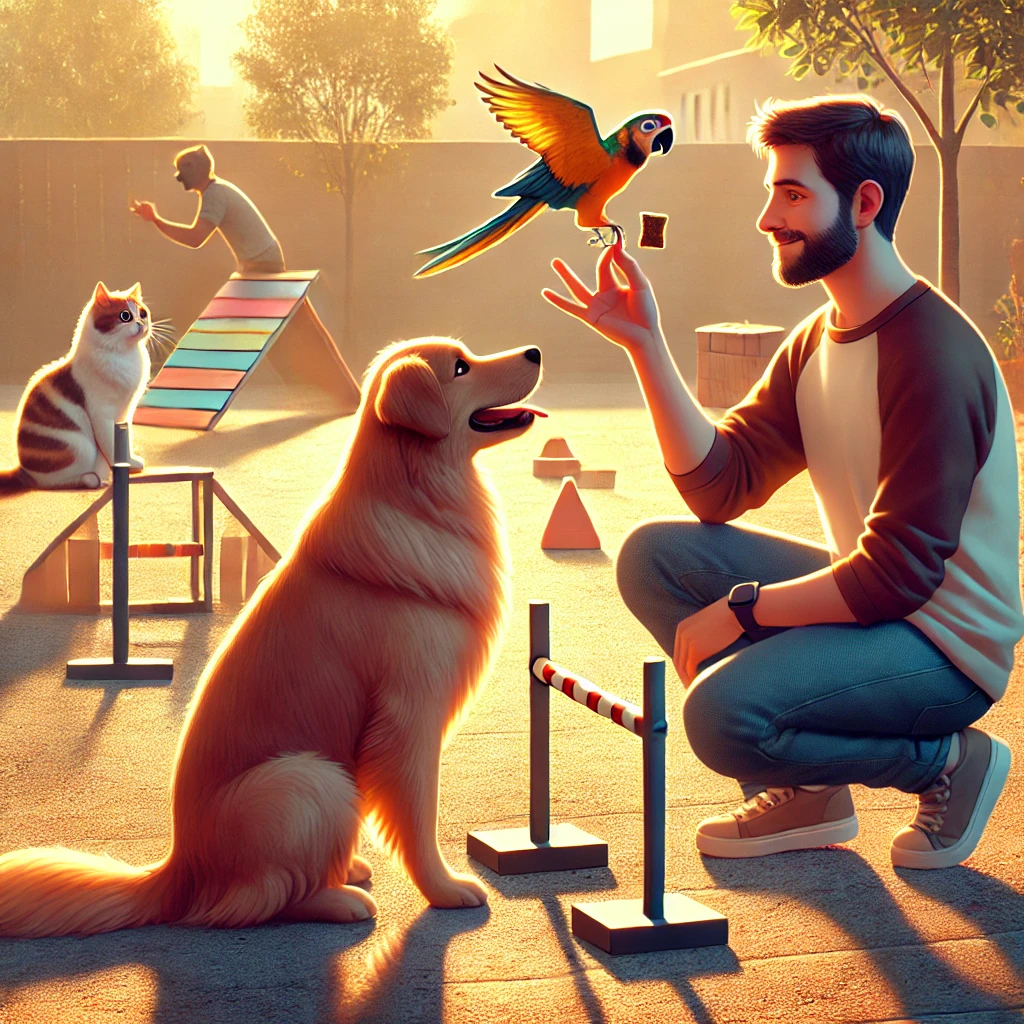
Animal Training Techniques: Building a Strong Bond
Training an animal is more than just teaching tricks—it’s about building trust, understanding, and a lifelong bond between you and your pet. Whether you have a dog, cat, bird, or any other companion, using the right animal training techniques can create a positive and enriching experience for both of you.
In this guide, we’ll explore effective and humane animal training techniques to strengthen your relationship with your furry (or feathery) friend.
Why Training Matters
Training is essential for an animal’s mental stimulation, socialization, and safety. It helps:
- Improve communication between you and your pet
- Reduce unwanted behaviors
- Boost confidence in your pet
- Create a stress-free environment
By incorporating consistent and positive training methods, you’ll set a solid foundation for a well-behaved and happy companion.
Effective Animal Training Techniques
1. Positive Reinforcement
One of the most effective animal training techniques is positive reinforcement. Rewarding good behavior with treats, praise, or playtime encourages animals to repeat that behavior. Always reward immediately so they associate the action with the reward.
2. Clicker Training
Clicker training is a powerful method that uses a small clicking device to mark desired behaviors. When paired with treats or praise, the clicker helps animals understand what they did right, making learning faster and more effective.
3. Consistency is Key
Animals thrive on routine and repetition. Use the same commands, gestures, and rewards every time you train. This consistency helps your pet understand expectations and reduces confusion.
4. Patience and Understanding
Training takes time, and every animal learns at their own pace. Stay patient, avoid punishment-based methods, and focus on gradual progress. If your pet struggles with a command, break it into smaller steps and reinforce each one.
5. Socialization and Exposure
Introducing your pet to different environments, people, and other animals helps them become more adaptable and well-mannered. Socialization should be a positive experience, ensuring they feel safe and comfortable in new situations.
6. Leverage Play as a Training Tool
Many animals respond well to play-based training. Use toys and interactive games to teach obedience while keeping your pet engaged and entertained.
7. Seek Professional Guidance if Needed
If you’re struggling with training or facing behavioral issues, consulting a professional trainer or behaviorist can provide tailored strategies to meet your pet’s needs.
Using the right animal training techniques can transform your pet’s behavior while deepening your bond. Training should be an enjoyable and rewarding experience for both of you. With patience, consistency, and love, you’ll create a relationship built on trust and understanding.
At PetPulseDaily.com, we’re here to support you with expert pet care tips and training insights. Have you tried any of these animal training techniques? Share your experiences in the comments below!
